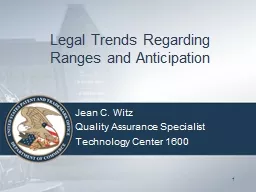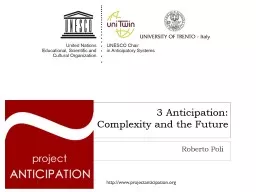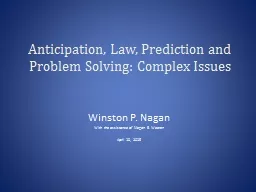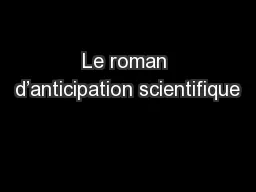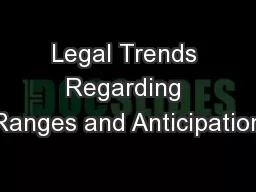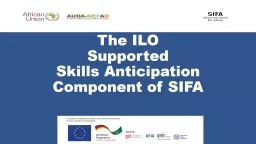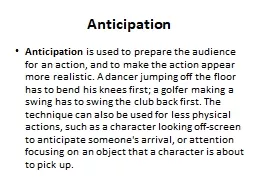PPT-Legal Trends Regarding Ranges and Anticipation
Author : sherrill-nordquist | Published Date : 2015-12-01
Jean C Witz Quality Assurance Specialist Technology Center 1600 1 During Examination Anticipation is considered when An embodiment in the prior art falls within
Presentation Embed Code
Download Presentation
Download Presentation The PPT/PDF document "Legal Trends Regarding Ranges and Antici..." is the property of its rightful owner. Permission is granted to download and print the materials on this website for personal, non-commercial use only, and to display it on your personal computer provided you do not modify the materials and that you retain all copyright notices contained in the materials. By downloading content from our website, you accept the terms of this agreement.
Legal Trends Regarding Ranges and Anticipation: Transcript
Download Rules Of Document
"Legal Trends Regarding Ranges and Anticipation"The content belongs to its owner. You may download and print it for personal use, without modification, and keep all copyright notices. By downloading, you agree to these terms.
Related Documents

